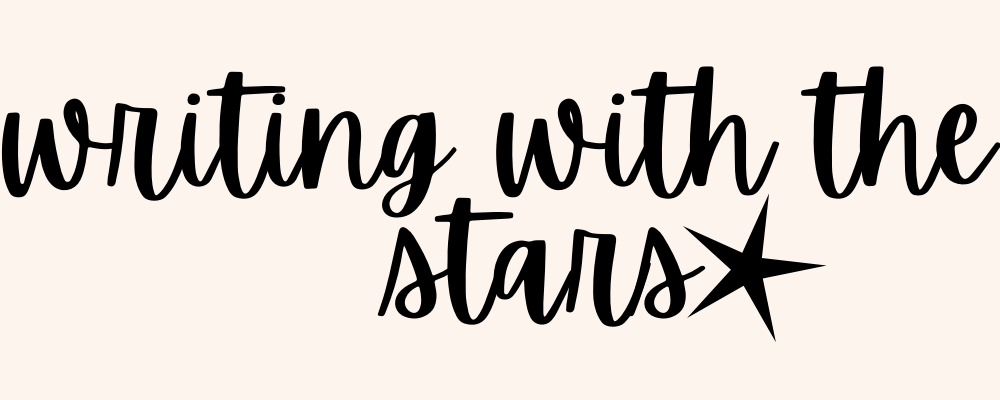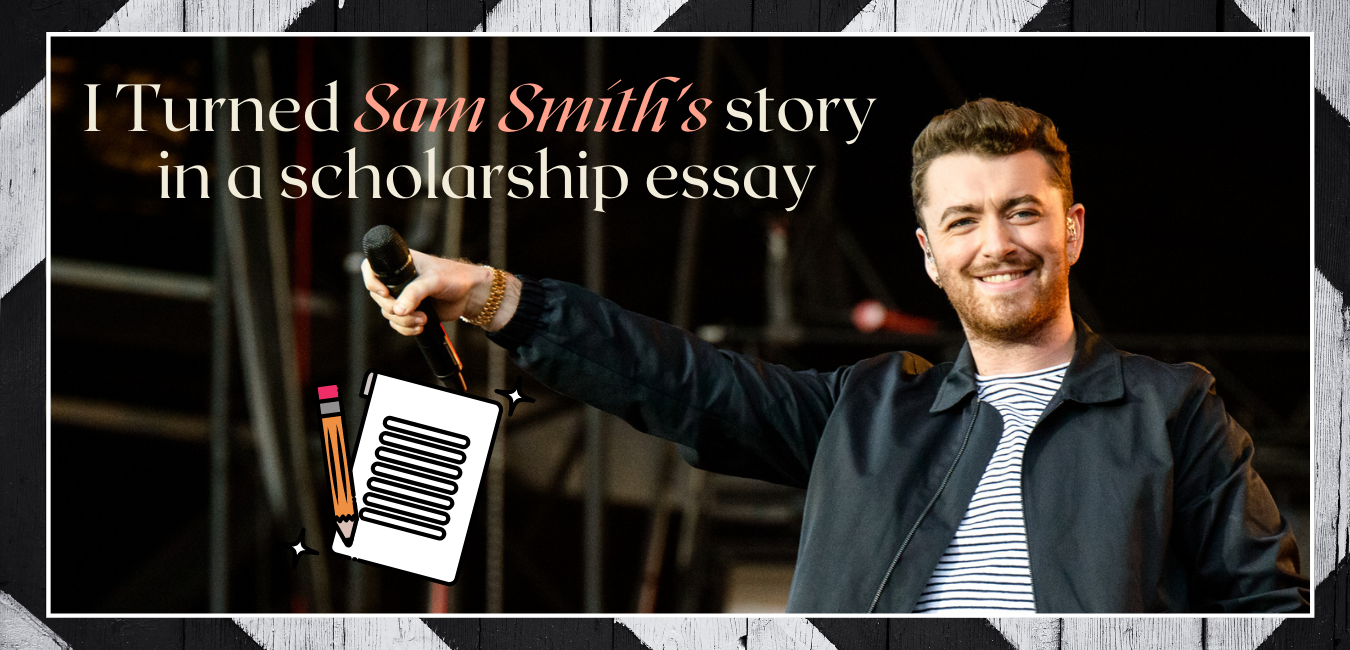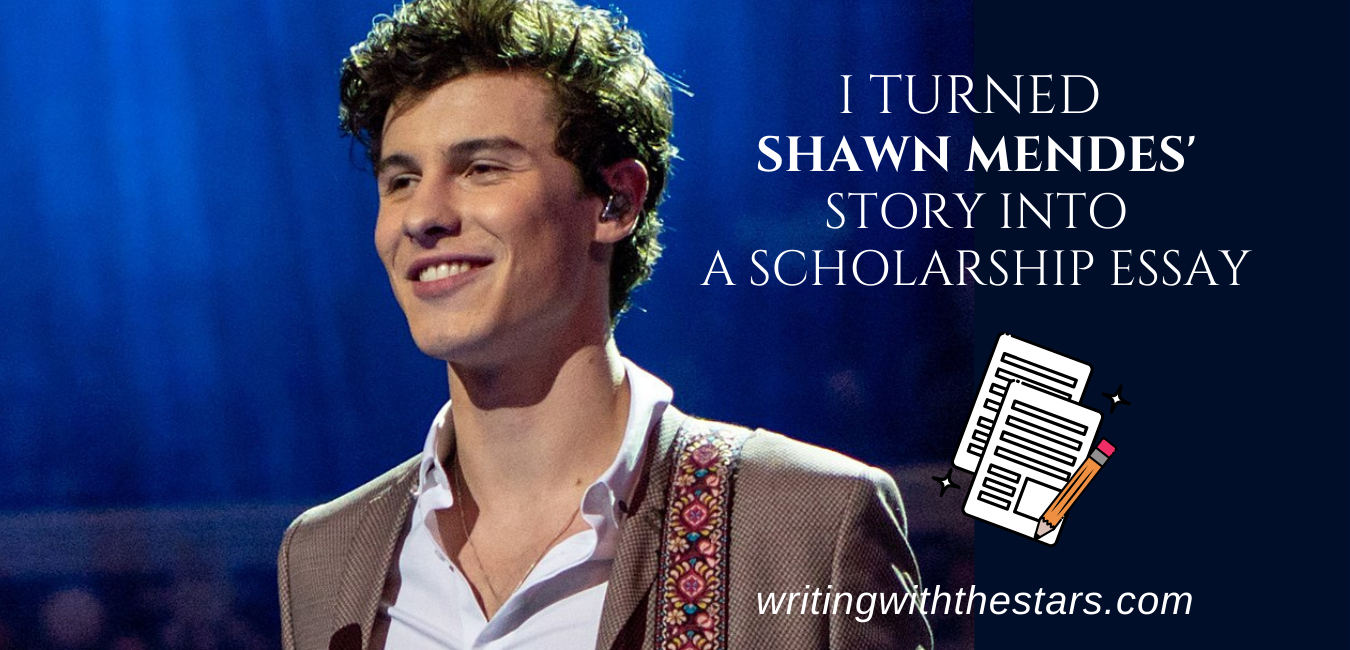Hey awesome people!
Great to see you here again. I don’t know how many of you read my last blog, “I Turned Beth Harmon’s Story into a Scholarship Essay.”
And as I promised last time, I will go through the fictional essay I wrote for Beth Harmon and break it down to all its core elements to show you how you can write essays like this for your scholarship applications.
Which, hopefully, will help jumpstart your journey into becoming winning thousands of dollars for college!
So let’s get started!
Chess Scholarship (500 words)
Please tell us what chess means to you.
Grabber/Introduction
The grabber/introduction of your essay is actually deceivingly difficult to write.
You want to start the essay in a powerful way and draw your readers in immediately, but you still need to make sure the grabber is relevant and directly linked to the rest of the essay.
And sometimes you don’t know what you really want to write about in your essay until you do, so be prepared to write and rewrite your introduction until you get it right.
In my case, I jotted down a few notes/ideas about what I wanted to include in my grabber but only wrote it after I finished the rest of the essay.

1. Start with a Powerful Beginning
Just like Beth Harmon with her Chess openings, you want to start your essay with a powerful beginning. In the case of this essay, I drew in my reader by showing immersing the audience in an experience that helps demonstrate Beth Harmon and her relationship with Chess.
2. Keep it Short
The introduction is short! It’s less than 100 words long so it doesn’t take up too much space in the essay but still does its job in drawing in the audience and helping to set up Beth Harmon’s story.
3. Be Descriptive
I also used a lot of descriptive words to help illustrate how this experience is like for Beth and how powerful her passion for Chess really is.
Thesis Statement & Transition Paragraph
Once you have set up the story in your introduction, you want to introduce your “thesis statement.”
I know this sounds pretty intimidating, but all it means is that you want to introduce a sentence here that explains what this whole essay is about. It’s a lot like a brief summary or name tag for your essay.
The thesis statement of this essay is this sentence here: “In just 64 squares, chess was an entire world – my world.”
This sentence helps answer what the essay prompt is asking (Please tell us what chess means to you) while also hinting that the rest of the essay will be about how chess is in many ways, Beth Harmon’s entire world.
You should also use this paragraph to transition the essay from the introduction to the body of your essay.

Notice how I incorporated this quote that Beth Harmon actually used in the Netflix series!
Lesson 1: What It Means to Win
In this essay, I organized the body of the essay with 3 lessons. So my essay takes on this general form:
- Introduction
- Lesson 1
- Lesson 2
- Lesson 3
- Conclusion
But your essay doesn’t have to look like this. It just happens that I realized that Beth Harmon’s relationship with Chess can be summed up in 3 lessons so that’s how I ended up structuring the essay like this.
When it comes to your own essay, however, feel free to use whatever structure works best for you. There is no definitely right or wrong as long as the essay does a good job at highlighting your story and your awesome credentials.

This is quite subtle, but the grabber/introduction to the essay actually helps support this Lesson 1.
By starting the essay with an anecdote about how Beth Harmon plays chess games in her head while staring at the ceiling of the orphanage helps illustrate how Beth engages with and controls the Chess games that she plays in.
That helps cement the message in this section that chess helped teach Beth Harmon what it meant to win and to feel in control.
Lesson 2: What It Means to Lose
For each of these 3 lessons, they can each be broken down into these 3 sub-sections.
1. INTRODUCTION SENTENCE
Start this section with a sentence that introduces what the main idea of this section is going to be.
For example, “But as much as Chess was about winning and being a safe haven for me, it also taught me a great deal about losing.”
2. KEY LEARNING
Then explain the context or background on how Beth Harmon learned this key lesson.
3. RESULTS
Finally, end the section by providing some examples of how this lesson changed Beth Harmon’s life and the achievements/results that it helps bring about.

Lesson 3: What It Means to Be Different
The structure of Lesson 3 is similar to Lesson 2. It starts with a sentence that explains what this section will be about.
“My relationship with Chess has continued to evolve since then. And it taught me a lot about what it meant to be different.”
Then it provides more context to how Beth learned this lesson.
The only difference between Lesson 2 and Lesson 3 is that the results of this lesson is also used as a transition to the conclusion.

Transition to Conclusion
This section is very much the “results” part of Lesson 3. But it’s also used as a way to transition to the conclusion of the essay.
As a rule of thumb, you always want to end an essay with a concluding message or theme that is larger than yourself. You can talk about what this means for your future, the change you want to bring about, or what this means to the rest of the world.

Concluding Statement
End your essay with a powerful finish! It’s like the big finale in a live concert or play. Go out in a bang!

To wrap up this essay, I used parts of Beth Harmon’s quote in the series, “Chess isn’t always about competition. Sometimes chess can also be beautiful,” but adapted it so that the final message is bigger and more meaningful.
Please note that this essay isn’t by any means a “perfect” essay. It definitely can be improved in a lot of ways to make it more direct and powerful. But this is the best I could do since I’m not Beth Harmon and I don’t have a way to interview her. Haha.
But I hope analyzing this essay this way has helped you gain a better idea about how you can also write a similar scholarship essay!
If you have any questions about this essay or about your own scholarship journey, don’t hesitate to contact me. Just leave me a comment!
Catch you next time!
Sources:
https://the-queens gambit.fandom.com/wiki/Beth_Harmon
https://wallpaperaccess.com/queen-gambit




